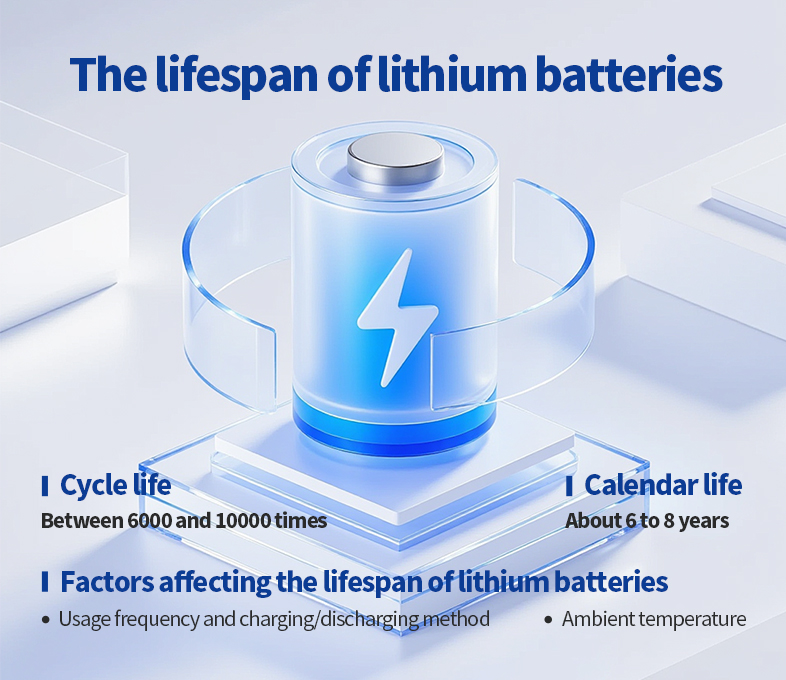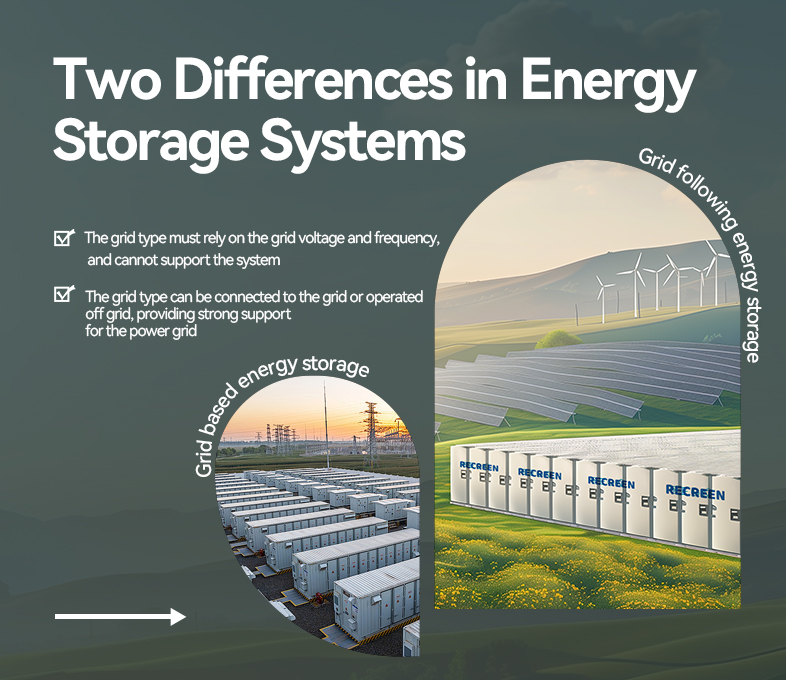When it comes to battery lifespan, some people ask “how many years it lasts,” while others ask “how many times it can be used.” Both are valid perspectives — the former refers to calendar life, and the latter to cycle life. For energy storage lithium batteries, the typical calendar life is 8 to 10 years, while the cycle life generally ranges from 6,000 to 10,000 cycles. The actual lifespan of a battery depends on which of these thresholds is reached first.
1. Cycle Life
A full charge-discharge cycle means charging a battery from 0% to 100%, then discharging it back to 0%. When a battery’s capacity declines to 80% of its original capacity, the number of cycles it has completed at that point is considered its cycle life. This is a key indicator of how well a battery maintains performance through repeated use.
Cycle life is influenced by several factors, including:
-
Cell materials and manufacturing quality
-
Charging and discharging conditions (e.g., rates, cut-off voltage)
-
Operating environment (especially temperature)
For energy storage lithium batteries, the typical cycle life is 6,000 cycles or more, with high-quality batteries achieving up to 10,000–12,000 cycles.
In general, when a battery’s State of Health (SOH) drops to 70–80%, it is considered to have reached End of Life (EOL) — the point at which it should be replaced.
2. Calendar Life
Calendar life refers to the natural aging process of a battery over time, even when it is not actively used. This is a critical parameter for evaluating long-term storage or performance retention over years.
On average, lithium batteries have a calendar life of 3 to 10 years, depending on factors such as:
-
Cell materials: High-quality electrodes and electrolytes slow down natural degradation.
-
Manufacturing process: Advanced production ensures consistency and fewer internal defects, resulting in longer calendar life.
-
Storage conditions and usage habits: Keeping batteries in cool, dry environments and avoiding high humidity and temperature can significantly extend lifespan.
It’s also beneficial to keep the State of Charge (SOC) between 20% and 80% — avoiding full charge or complete discharge helps reduce natural aging.
Calendar Life by Battery Type:
-
NMC (Nickel Manganese Cobalt) batteries: typically 6–8 years
-
LFP (Lithium Iron Phosphate) batteries: can exceed 10 Jahre due to superior chemical and thermal stability.
3. Factors Affecting Battery Lifespan
-
Usage frequency and charge/discharge habits
Frequent use and improper charging behaviors (e.g., overcharging, deep discharging) shorten lifespan. -
Environmental temperature
Both high and low temperatures can negatively impact battery performance. The ideal operating range is 20–30°C. -
Materials and manufacturing quality
The aging of electrodes and electrolyte over time reduces performance. -
Charging speed
Fast charging may be convenient but accelerates battery wear. Slow charging is recommended to preserve longevity.
4. How to Extend Lithium Battery Life
-
Avoid overcharging and deep discharging
Maintain battery charge within 20%–80% to reduce stress. -
Use the correct charger
Always use chargers that are specifically designed for lithium batteries. -
Maintain optimal temperature and humidity
Avoid storing or using batteries in extreme environments. -
Regular usage and maintenance
If not in regular use, perform a full charge-discharge cycle once a month to maintain battery activity.
Industry Outlook
Currently, the solar and energy storage industry is characterized by excessive capacity, extremely slim profit margins, and a highly diverse product landscape. Only a handful of companies — those that are close to end users, can solve the “last-mile energy absorption” challenge of photovoltaic systems, and offer complete, integrated solutions — will have the potential to break through and lead the way forward.





